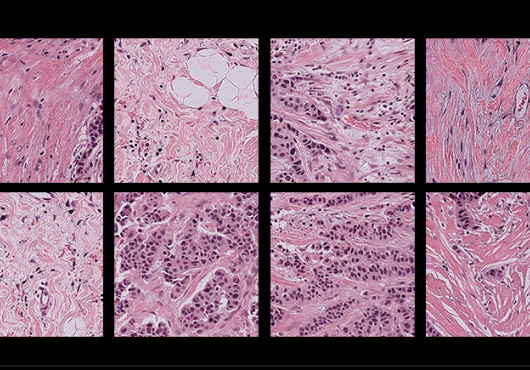
Feeding an intestinal enzyme to mice kept on a high-fat diet appears to prevent the development of metabolic syndrome and to reduce symptoms in mice that already had the condition—a group of symptoms associated with type 2 diabetes, cardiovascular disease and fatty liver. In their report published online in PNAS Early Edition, Harvard Medical School investigators describe how dietary supplementation with intestinal alkaline phosphatase (IAP) reduced the inflammation believed to underlie metabolic syndrome by blocking a toxic molecule found on the surface of many bacteria.
“For the first time we are targeting production of inflammatory factors in the intestinal tract to prevent the systemic problem of metabolic syndrome,” said Richard Hodin, HMS professor of surgery at Massachusetts General Hospital and the study’s senior author. “Animal studies have shown the gut to be the likely source of these factors, and we have previously shown in laboratory studies that IAP can block their activity. There are human studies that correlate low-grade systemic inflammation with the metabolic syndrome, so we expect that IAP’s ability to interfere with the process will apply to humans as well.”
Metabolic syndrome symptoms include obesity, glucose intolerance, insulin resistance, hypertension and lipid abnormalities. It affects more than one-third of the U.S. population and significantly increases the risk for cardiovascular disease and type 2 diabetes. A possible contributor to metabolic syndrome is an increase in blood levels of lipopolysaccharide (LPS), a molecule found on the surface of many gut bacteria that is responsible for their toxic effects when it passes through the intestinal wall into the systemic circulation. A persistent increase in circulating LPS, a condition called endotoxemia, causes low-grade inflammation—a primary aspect of metabolic syndrome— throughout the body. LPS is known to bind to fat, and several studies have shown that a high-fat diet raises systemic LPS levels in animals and humans, increasing both intestinal inflammation and the permeability of the intestinal wall, allowing additional LPS to pass into the bloodstream.
Previous work in Hodin’s lab showed that IAP, which is produced by cells lining the small intestine, can block the action of LPS, leading to the hypothesis that the enzyme could help prevent the systemic inflammation associated with a high-fat diet. In a series of experiments described in the current study, the investigators showed that mice in which IAP expression was either knocked out or suppressed developed endotoxemia, overexpression of inflammatory factors and symptoms of metabolic syndrome.
Feeding IAP to mice on a high-fat diet prevented weight gain and fat accumulation and reduced development of metabolic syndrome, while feeding IAP to mice that had developed metabolic syndrome from a high-fat diet resulted in reduced endotoxemia, inflammatory factors and symptoms such as glucose intolerance. Feeding IAP to mice on a low-fat diet slightly improved glucose metabolism but significantly improved lipid metabolism.
The researchers note that IAP is naturally found in an environment containing many bacterial factors that induce inflammation—suggesting that it may suppress the activity of additional factors—and that several related enzymes should be investigated for shared protective abilities.
“While our findings clearly predict that IAP supplementation could have the same effect in human patients, future studies are required to test this directly,” Hodin said. “We need a formulation of the enzyme that can be safely given to humans—something we are working to develop—which we then can test as a prevention or treatment for metabolic syndrome, a contributor to the number-one cause of patient death in this country.”
This work was supported by National Institutes of Health grants R01DK050623, R01DK047186 and 2P30 DK43351; the MGH Department of Surgery; and the Bill and Melinda Gates Foundation.
Adapted from a Mass General news release.


